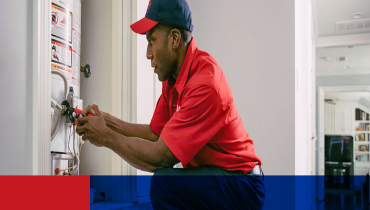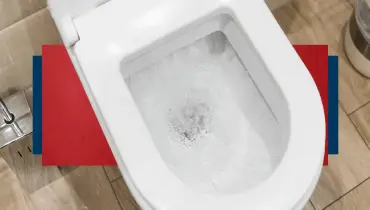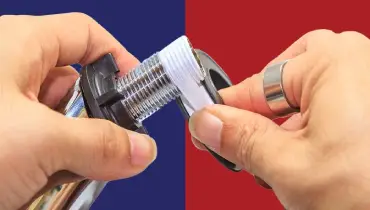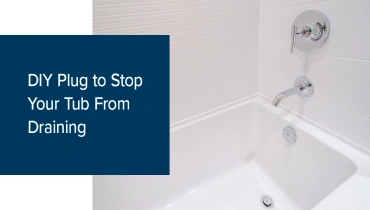If you want hot water for bathing, cooking and cleaning, you need a reliable water heater system.
Learn moreOur Greater Syracuse Plumbing Blog
Shared Resources for Your Home Needs
All Blogs
When your toilet is not flushing or will not flush all the way, it raises concerns. Ensure you know what to do when you have issue
Learn moreLeaks can occur in showerheads, faucets, toilets and outdoor irrigation systems. When they do, it is helpful to know how to seal a leaking pipe while you wait for a plumber.
Learn moreAn underground water leak can put your home at risk for water damage. If a pipe bursts, you may notice a few signs inside and outside your home.
Learn moreYou finally decide to treat yourself by running a bubble bath. However, as you fill your tub, you notice the water draining instead of collecting
Learn moreLet Us Call You
About Mr. Rooter Plumbing

Since the original Mr. Rooter was founded in 1970, the company has remained committed to a set of core values that are rooted in performing quality work at honest prices. Nearly half a century later, the original Mr. Rooter business is still servicing homes and businesses in and around Oklahoma City. It’s still independently owned and operated with strong ties to the community that made it all possible.



.webp)
.webp)
